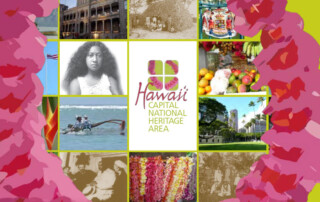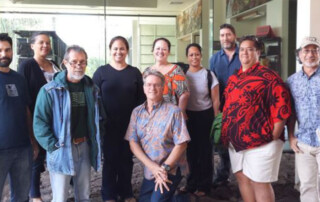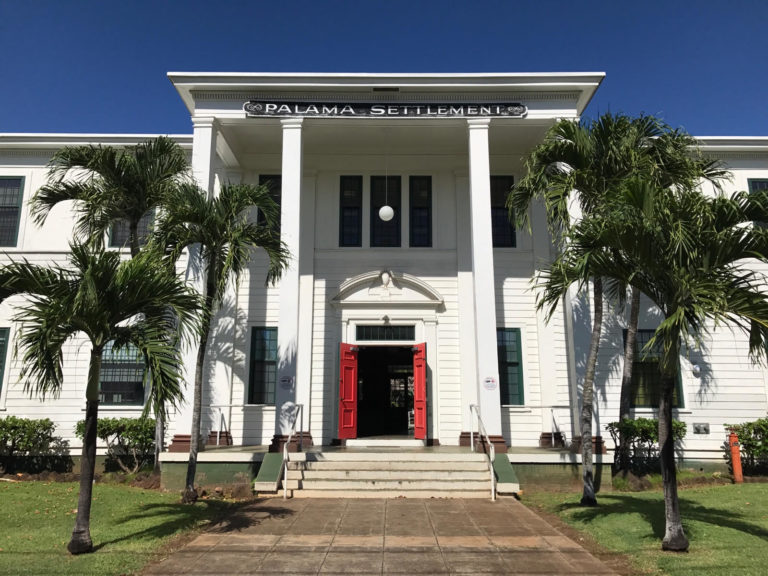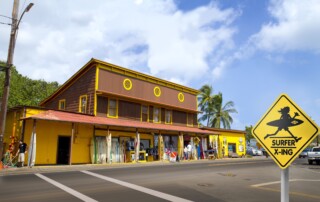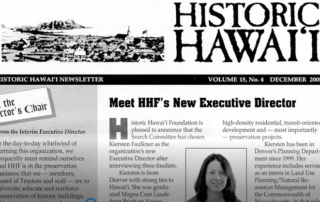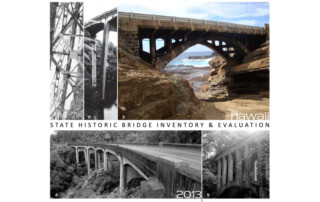The 125th Anniversary of Palama Settlement
Established in 1896, Palama Settlement is a non-profit, community-based social service agency serving the Kalihi and Pālama neighborhoods of O‘ahu. Founded by James and Ragna Rath, pioneers of social work in the Islands, the settlement was founded on the premise that social workers could better serve their constituents if they lived among them. Journalist Paula Rath describes the traumatic circumstances her grandparents faced when they first arrived from Massachusets with the mission of transforming Palama chapel into a settlement. "Pālama had been a quiet cluster of taro farms and cottages with vegetable gardens and little rice paddies until it experienced a sudden and radical change on Jan. 20, 1900. Five cases of bubonic plague had been reported in Chinatown, then a crowded, rat-infested business and residential area just east of Nu'uanu stream. The city tried to eradicate the disease by setting fire to the homes of plague victims. The fires got out of control, however, and burned down the entire, densely populated neighborhood. The Chinatown fire altered the urban landscape and left thousands of residents and their families homeless. The city answered the need for homes by placing people in hastily-built tenements across the stream — in Pālama. The landscape and lifestyles changed radically as people were crowded into a few ramshackle rooms. There was inadequate water and sewers, and no open space for children to play. In a report to the community, Grandfather wrote, "Pālama is sadly in need of cleaning. I have seen most of the cities of the United States, but I have seen nothing as bad as this anywhere." It was a neighborhood in need: in need of healthcare, nutritious food, affordable housing, recreation, English classes and jobs. Warren Nishimoto, director [...]
Commemorating the Centennial Anniversaries of 2021
Historic Hawai‘i Foundation is pleased to recognize the thirteen kama‘āina companies, organizations and landmarks that have reached the 100-year mark in 2021. We applaud their lasting success and contributions to the cultural heritage of the Hawaiian Islands over the past centennial. Ala Wai Canal, Honolulu, O‘ahu: The Ala Wai Canal is an human-made waterway in Honolulu which serves as the northern boundary of Waikīkī. Construction to drain the rice paddies and swamps in the area--a key step in the development of Waikīkī as Honolulu’s premier tourist area-- was completed during 1921-28. The Canal also serves as a primary drainage corridor for the rivers and streams that run through central and east Honolulu, and empty into the ocean at Ala Wai Boat Harbor. The Canal is listed on the Hawai‘i Register of Historic Places. (Photo by Tor Johnson; courtesy Hawaii Tourism Authority) Anahulu Stream Bridge, Hale‘iwa, O‘ahu: The Anahulu Stream Bridge, a reinforced concrete bridge designed by engineer Fred Ohrt and architect Guy Rothwell, was built in 1921 to carry Kamehameha Highway over Anahulu Stream, replacing an earlier wooden bridge on the site. It is the most widely photographed landmark in Hale‘iwa and serves as the gateway to the historic town. The bridge’s double rainbow arch is a rare remaining example of a once-common bridge type, one of only two of this style left in Hawai‘i. Diamond Bakery Diamond Bakery, Honolulu, O‘ahu: What started off as a dream between friends has grown to become Diamond Bakery, a household name in Hawai‘i. The company was founded in 1921 by three Japanese immigrants, Hidegoro Murai, Kikutaro Hiruya and Natsu Muramoto, who all enjoyed baking and shared a vision to create the perfect Hawaiian-made cracker. [...]
Mother Waldron Playground Cultural Landscape Report
The Mother Waldron Playground Cultural Landscape Report (CLR) is a historic preservation treatment document and long-term management tool for the historically significant playground. It is one of three CLRs required by the Rail Transit’s Historic Preservation Programmatic Agreement mandated by the 1966 National Historic Preservation Act. The report was prepared by HHF Planners for the Honolulu Authority for Rapid Transportation (HART) and Jacobs (formerly CH2M) in association with the Honolulu Rail Transit Project (HRTP). The Mother Waldron Playground CLR was recognized with a Preservation Programmatic Award as a successful documentation of the history and significance of the Mother Waldron Playground's designed landscape and as an excellent evaluation of the site's integrity, followed with long-term landscape treatment recommendations. The report establishes preservation goals for the playground's cultural landscape that can serve as the basis for making sound decisions about the management, preservation treatment, and use of the site following The Secretary of Interior’s Standards for The Treatment of Historic Properties with Guidelines for the Treatment of Cultural Landscapes (1996) and other relevant provisions. The report includes informative chapters on the historic context of the site and with the permission of HHF Planners we are delighted to share excerpts here. (Please note, the chapters are not published here in full; resource citation has been omitted.) Excerpts from Chapter 2.0 Site History from Mother Waldron Playground Cultural Landscape Report The physical history for this Cultural Landscape Report (CLR) is divided into three periods. These periods are defined based on changes that occurred within the Mother Waldron Playground CLR study area and its immediate surroundings, as well as larger historical trends and events that influenced the shape and form of the cultural landscape. The periods are broadly defined as [...]
HHF Executive Director Kiersten Faulkner Receives Special Distinction
The Hawai‘i Architectural Foundation (HAF) has recognized Kiersten Faulkner, executive director of Historic Hawai‘i Foundation, with the Paepae I Ka Pōhaku Award, in appreciation of her sustained efforts to raise community awareness of architectural design and the importance of the built environment over the past 15 years. The award, given only to non-architects, was presented to Kiersten by HAF President Chris Hong at the 47th Annual Preservation Honor Awards Virtual Ceremony on Friday, May 21, 2021.
Historic Property Inventories & Context Studies
NEW ADDITION: Historic Contexts provide research, evaluation and examples of patterns, themes and trends in which a building, structure, site, object or district is understood. The contexts provide information on meaning and provide the necessary background to understand why a given resource may be historically significant. Contexts are required components of nominations to the Hawai‘i and National Registers of Historic Places. Historic Hawai‘i Foundation is providing the links to Historic Contexts and associated resource inventories for various themes and resources that have been published by the Hawai‘i State Historic Preservation Division and other federal, state and local governments, as well as those by other educational and non-profit institutions.



